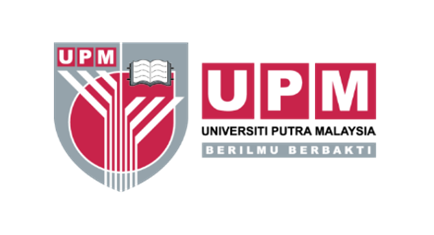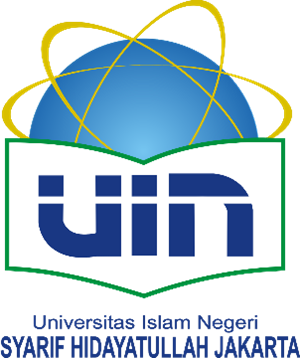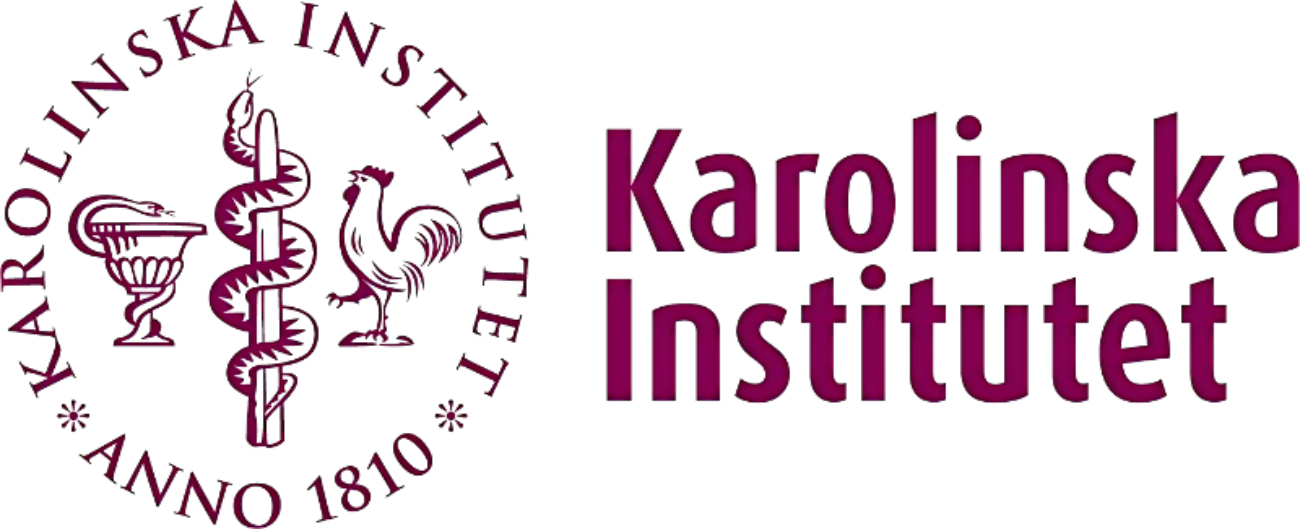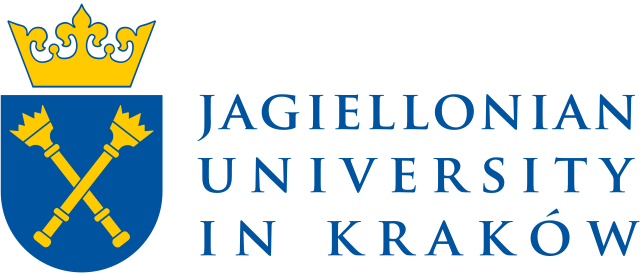

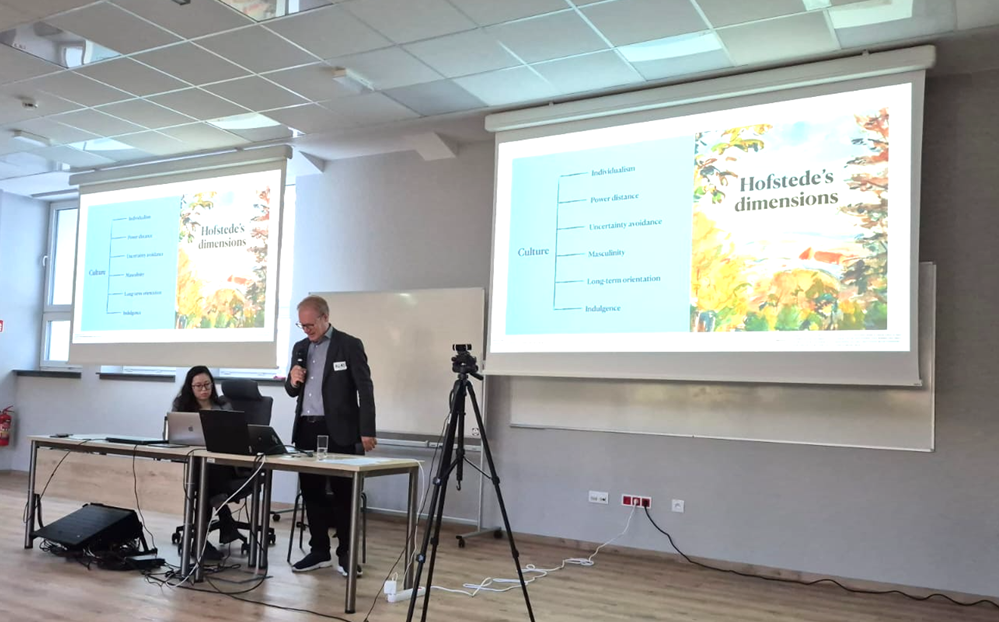
The workshop continued on the fourth day with a discussion on virtual patients from cultural and interprofessional education perspectives. Maxine G. Harjani and Klas Karlgren draw examples from various literature, the use of artificial intelligence (AI) for case adaptation, and several frameworks for understanding cultural differences in virtual patient scenarios.
The main framework discussed is Hofstede's framework, which focuses on six cultural dimensions including power distance, individualism vs. collectivism, masculinity vs. femininity, uncertainty avoidance, long-term vs. short-term orientation, and indulgence vs. restraint, to understand. Power distance shows data on how the distribution of power affects decision-making within a society, while individualism vs. collectivism examines how individual or collective approaches influence decision-making. Individualistic societies focus on personal goals, while collectivist societies focus on collective harmony. The gender approach to masculinity vs. femininity is no less interesting to discuss in relation to the different values between masculine and feminine societies. At the end of the session, Klas focused on data from various countries regarding uncertainty avoidance, long-term vs. short-term orientation, and indulgence vs. restraint. Klas also emphasized that Hofstede's Framework approach is often criticized for oversimplifying the highly diverse cultural landscape, but that it can at least be used to facilitate understanding of how international business and intercultural communication function.
The fourth day's workshop concluded with the creation of a CASUS patient concept map that will be implemented in the local setting.


